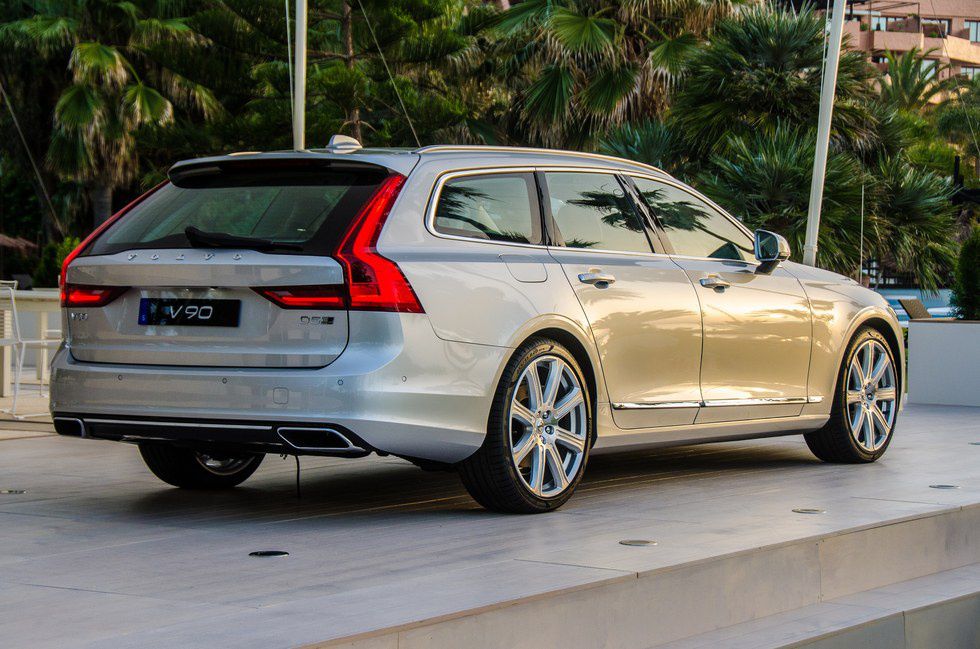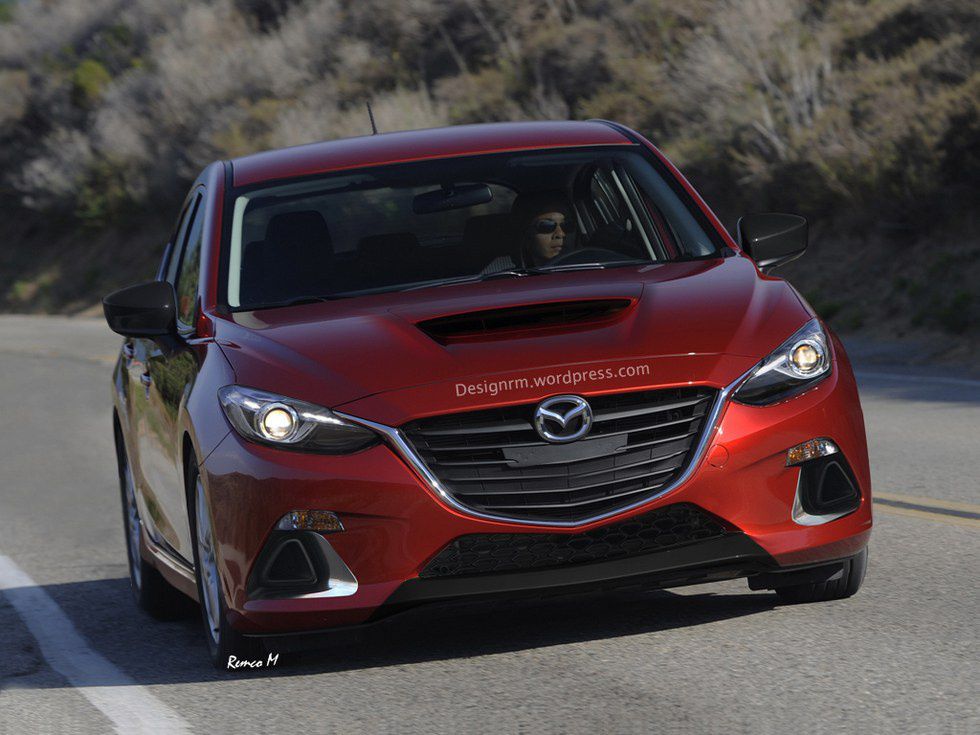In the auto industry, unless you’re a big brand with strong customer loyalty, it’s hard to generate much attention. Ford, Chevy, Honda and Toyota have some of the best customer loyalty and are therefore constantly in the spotlight. Despite their prominence on the headlines, there are other, smaller brands out there that definitely deserve more attention from the media and consumers than they currently have. Just because a brand might not have a commanding share over the industry does not mean it cannot innovate or produce high-quality products. There are only a handful of these brands lurking in the shadows, but there are there are two brands in particular to pay attention to in the next decade.
Coincidentally and perhaps ironically, both of these brands were once under Ford ownership. I am by no means a huge Ford fanatic and I do not own any Ford stock nor stock in any of the companies I am about to discuss. These are just brands that I am excited for, and you should be too.
Volvo
Volvo's philosophy is fascinating. Historically a leader in safety, the Scandinavian company has recently been working in the shadows. Pre-recession, Volvo was owned by Ford. The American company bought the brand as a means to build a viable car to fight against the German luxury brands. Trying to bump the company further upscale without enough financial flexibility or experience in the European luxury market showed. Quality slumped, but the Scandinavian spirit prevailed. Ford off-loaded the brand in 2010 as the corporation was refusing a government bailout and needed cash. The Chinese auto manufacturer Geely swooped in and purchased Volvo, hoping to capitalize on the China's rapidly emerging luxury car market. So far, they have done a very good job.
With the immense wealth Geely has, Volvo was essentially written a blank check and told do what they do best. With its headquarters, research and development remaining in Sweden, the brand has been quickly making the transition back to its Scandinavian roots. Volvo also hasn't stopped innovating its technology - a true paramount of the brand. Although Volvo's new design language is striking, well proportioned and beautiful, what impresses me the most is two of the company's safety philosophies: No fatalities in a new Volvo by 2020, and the company will take full responsibility for any accidents for any accidents involving its autonomous features. Even though Tesla has been getting a lot of attention for the problems with its autonomous innovations, Volvo is planning to push this technology to the limit. Volvo and Geely are so confident in their product that they are willing to put their reputation completely on the line. Their confidence is inspiring.
From a performance standpoint, Volvo has made a pact where they will never make an engine with more than four cylinders. This is no doubt a controversial decision, in an age where efficiency is of utmost importance, V8s are a rarity and even V6s are being phased out of automakers' lineups. Utilizing both turbochargers and superchargers, Volvo's engineers are committed to using engines with four cylinders or less across their entire lineup. This will pay off big time as four cylinders use less gas, but they are also lighter than larger engines, compounding the fuel savings.
Applying two types of boost allows Volvo to get as much power as possible out of these tiny engines. The two liter four cylinder engine in the Hyundai Elantra generates 146 horsepower. Volvo’s bottom range two-liter, four-cylinder produces 240 horses with just a turbocharger. Volvo's range topping engine combines the power of the boosted four-cylinder with an electric motor to produce four hundred horsepower. The Ford Mustang GT produces 435 horsepower from an eight cylinder engine that is over twice the size.
Mazda
“Zoom zoom” – er, “Driving Matters.” Mazda’s most recent slogans clearly show the company’s commitment to the spirit of driving. Mazda was also under Ford ownership, and like Volvo, Ford offloaded the majority of its stake in the company during the recession. Despite being a more economical choice in the market, Mazda does not skimp on its fine engineering. As a way to distance itself from its former owner, Mazda came out strong during the 2011 Geneva Auto Show, presenting the company’s new striking Kodo design language on the Minagi Concept. This was Mazda telling the world that it did not need an enormous parent company to fund its endeavors.
Still comparatively small with the rest of the industry, Mazda's focus on sport and efficiency has revamped all of the segments it competes in. Tuning its suspensions and mapping all of its electrical driving systems to retain a sporty feel, the company is undoubtedly known as the “fun” brand in the industry.
When Mazda started selling its new Kodo models, the brand instantly topped the charts on every car publication, leading the segments it competes in. Rumor has it, the engineers at Honda used the Mazda3 as their benchmark for the new Honda Civic. Now that the competition has had time to readjust to a fresh and serious take on the market, the industry is much tighter.
With their SkyActiv technology, Mazda has been able to ramp up both their efficiency and their power. By using lightweight materials and their weight cutting strategies from the MX5 Miata, the company has found a way to be both sporty and economical – a blend that is becoming more and more lucrative, especially as larger displacement engines are becoming less and less attractive to CAFE. Much like Volvo, Mazda has made a commitment to sticking with smaller engines. The difference is, Mazda squeezes more power out of its engines by utilizing a unique high compression design rather than boost technology. Although the performance benefits are not as great, this efficiently generates more power while eliminating worries of turbo lag.
Keep an eye on both of these brands. Their innovations have, and will continue to shape the industry. The compact market is generating fun cars again, and the autonomous market will excel with Volvo’s commitment to quality and safety. Although both of these brands are comparatively small, I am willing to bet their influence will be seen industry wide within the next decade.










 The minimum wage is not a living wage.
StableDiffusion
The minimum wage is not a living wage.
StableDiffusion
 influential nations
StableDiffusion
influential nations
StableDiffusion












